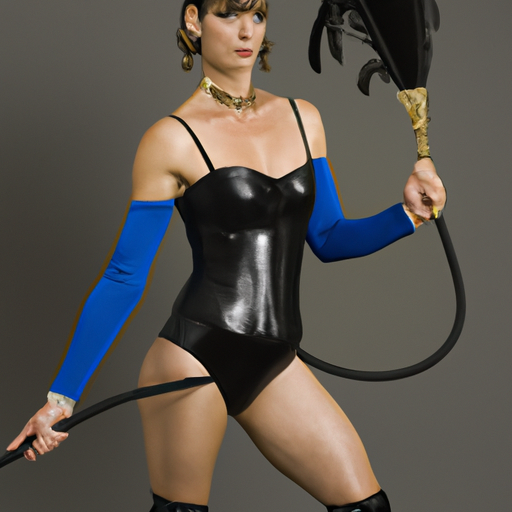
‘Difficult emotions are an inevitable part of life, and during a session, they can sometimes be hard to manage. While it may feel daunting to confront these emotions head-on, it’s important to remember that having strategies available to effectively handle difficult emotions can help make a session more successful. Here are some tips on how to handle difficult emotions that may arise during a session.
1. Practice calming, grounding techniques. When dealing with difficult emotions, it’s important to take a mindful approach to handling them. When emotions become overwhelming, use calming, grounding techniques like deep breathing, counting to 10, or closing your eyes and visualizing a comfortable place. Practices like this help you stay in the present moment, so you can assess the emotions in a more constructive way.
2. Identify the emotion and how it manifests in your body. Once you’ve successfully grounded yourself, it can be helpful to try to identify the emotion and how it is affecting your body. Ask yourself questions like “What emotion am I feeling? and “Where do I feel this emotion in my body? These questions help you gain insight into the true nature of the emotion and allow you to start addressing it in a more meaningful way.
3. Acknowledge and validate the emotion. Once you have identified the emotion and how it is manifesting in your body, it’s time to start acknowledging and validating it. Acknowledge the emotion in a non-judgmental way by communicating your observations without adding your opinion on it. Validating the emotion means expressing empathy for its presence without discounting its legitimacy.
4. Explore the emotion. After you have validated the emotion, it’s time to explore the emotion further. Each emotion has a root cause and exploring its source can help you better understand it and gain insight into what may be contributing to the emotion. Ask yourself questions like “What am I feeling underneath this emotion? and “What does this emotion represent?
5. Take appropriate action. Once you have explored the emotion, it’s time to take appropriate action to resolve it. Ask yourself questions like “What do I need right now to take care of myself? Think of how you can use your available resources to take care of yourself and mitigate the effects of this emotion.
Difficult emotions can be scary and uncomfortable, but with the right tools, they can be managed in a constructive and healthy way. Using calming and grounding techniques, acknowledging and validating the emotion, exploring its source, and taking appropriate action can help you stay in control during a session and effectively handle the unexpected emotions that may arise.’ Visit the site.
What is distinctive about the styles of Asian bondage?

It is no secret that asian bondage styles have become popular in recent years, which is why it is important to understand the unique aspects of Asian styles of bondage. In this article, we will discuss what makes Asian bondage so distinctive and unique.
First and foremost, it is important to understand that Asian bondage is incredibly intricate and detailed, focusing more on artistic details than pain or pleasure. This includes intricate rope work, suggestive knots, and lots of creative knots and ties. The intricate patterns will often feature symmetrical motifs, while the knots create creative and sensual designs. This type of bondage can provide a great deal of both aesthetic appeal as well as pleasure.
Another key aspect of Asian bondage is the emphasis it places on restraint. This means tight knots or ties which prevent any movement, and restrain the body in a way that can be highly stimulating. There are many traditional bondage styles in Asian culture, including samurai, sakazuki, and yukata bondage, which all involve different forms of restraint.
The types of materials used in Asian bondage also stand out. Unlike the more mainstream styles of rope bondage, Asian bondage focuses much more on rope, metal chains and cuffs, and other tools, such as mistresses and toys. This provides a great deal of variety and allows for more complex bondage techniques.
Finally, the bondage can involve many different methods of stimulation, which can provide intense pleasure. This often includes massage, nipple clamps, and electrical stimulation, which can all be combined to provide a unique experience.
In conclusion, Asian bondage is incredibly distinct and unique. Its intricate designs and patterns, its focus on restraint, the different materials used, and the variety of stimulation techniques all combine to make it a highly enjoyable and stimulating experience. So if you’re looking for something different, something unique, why not try Asian bondage?